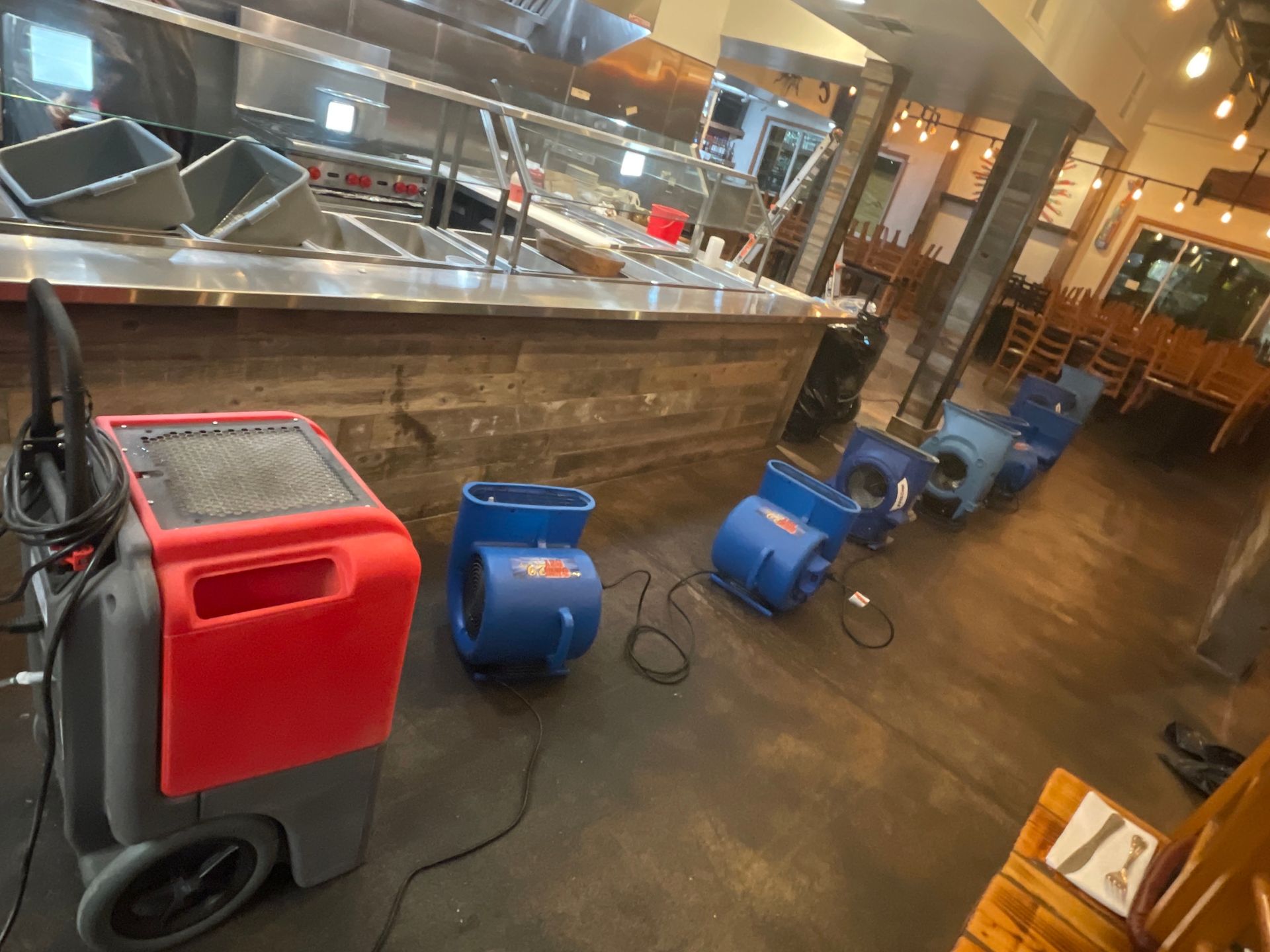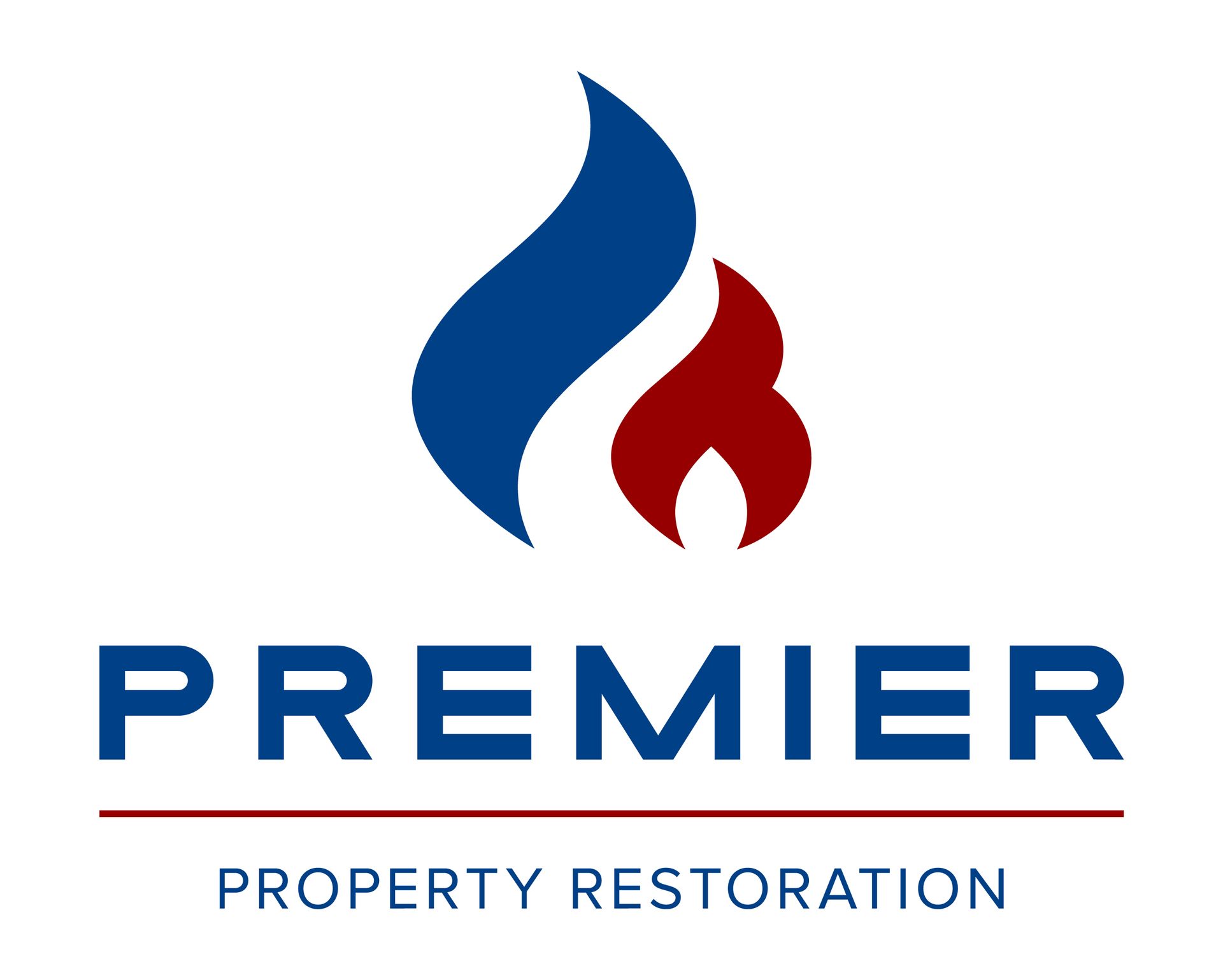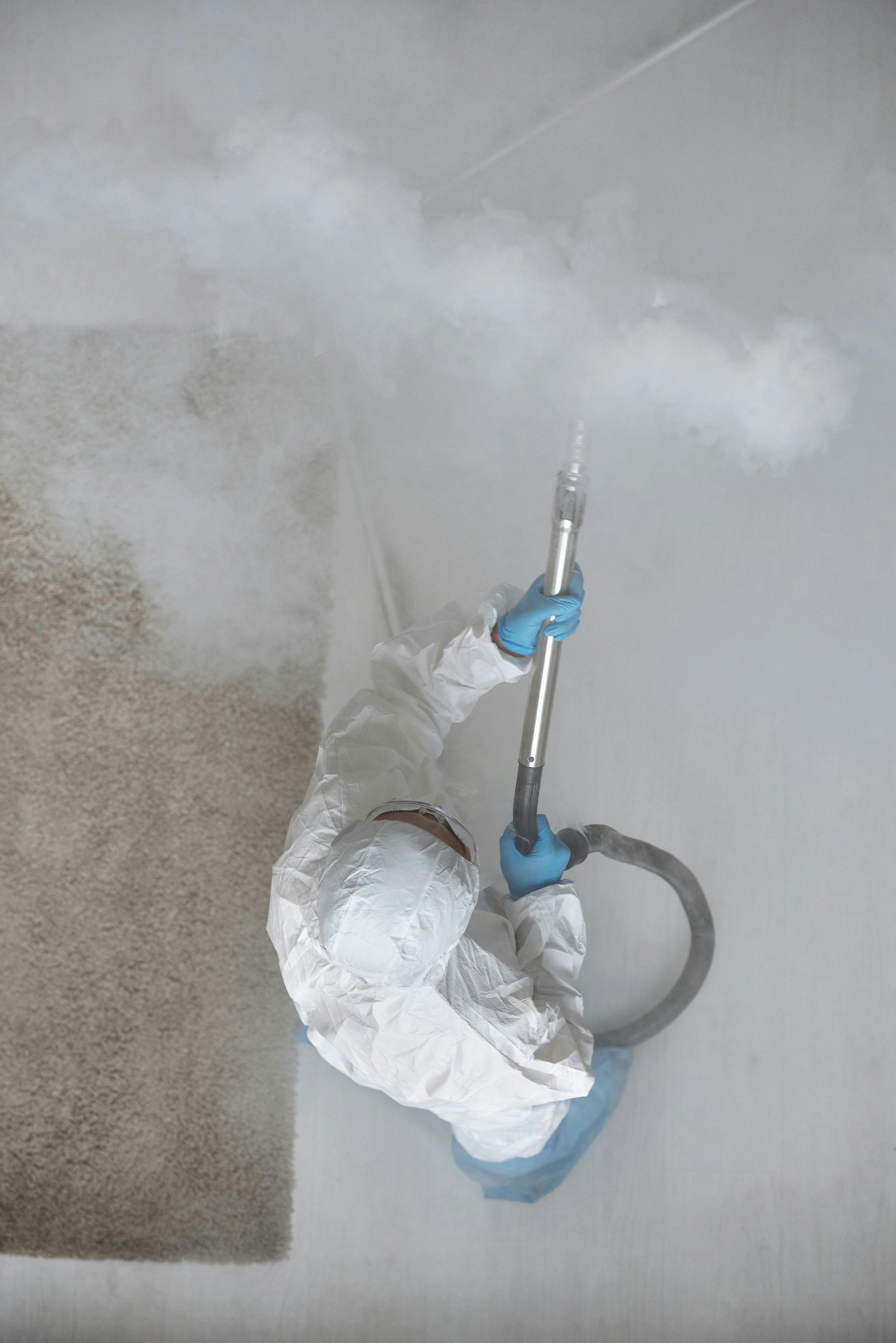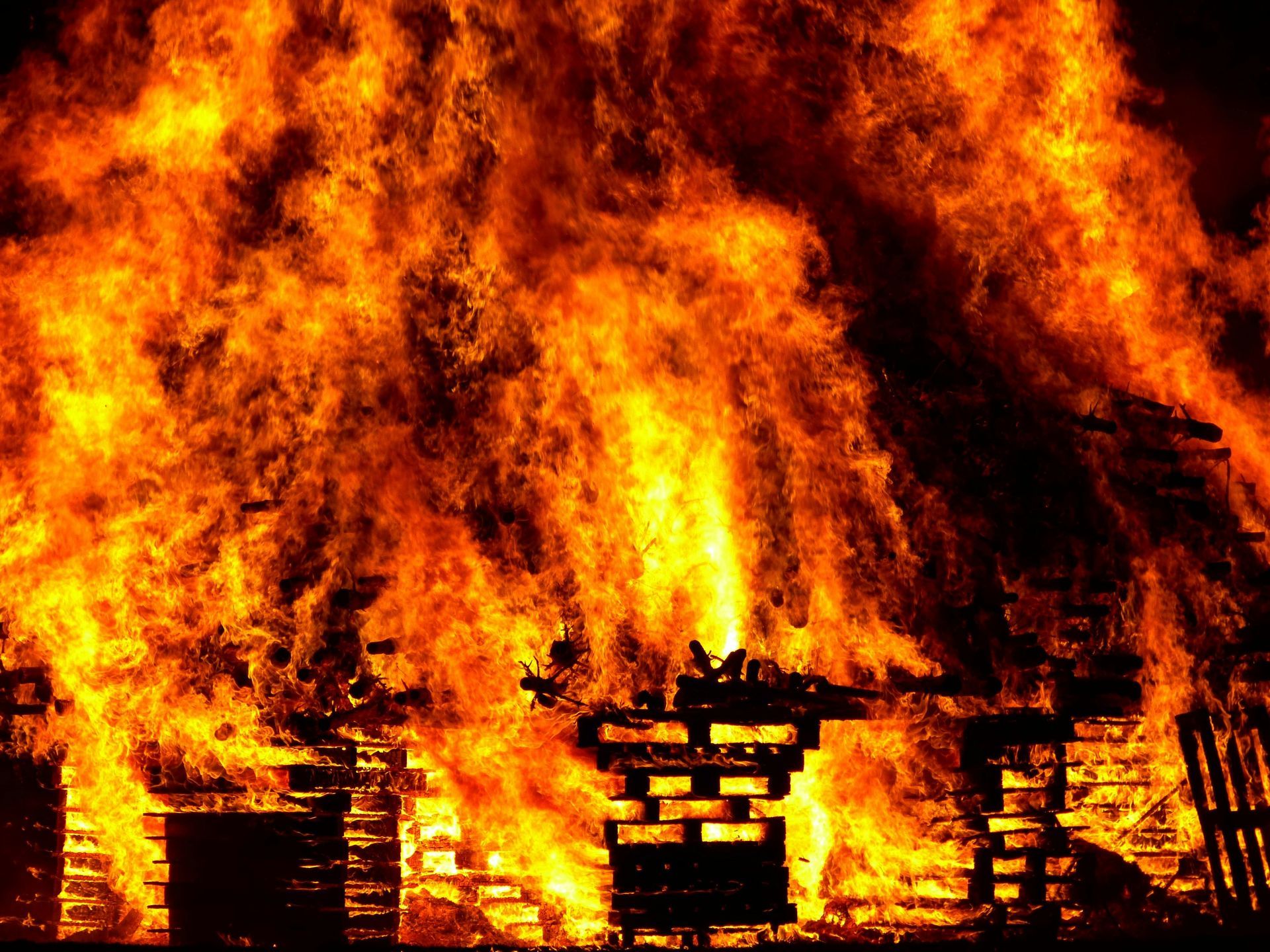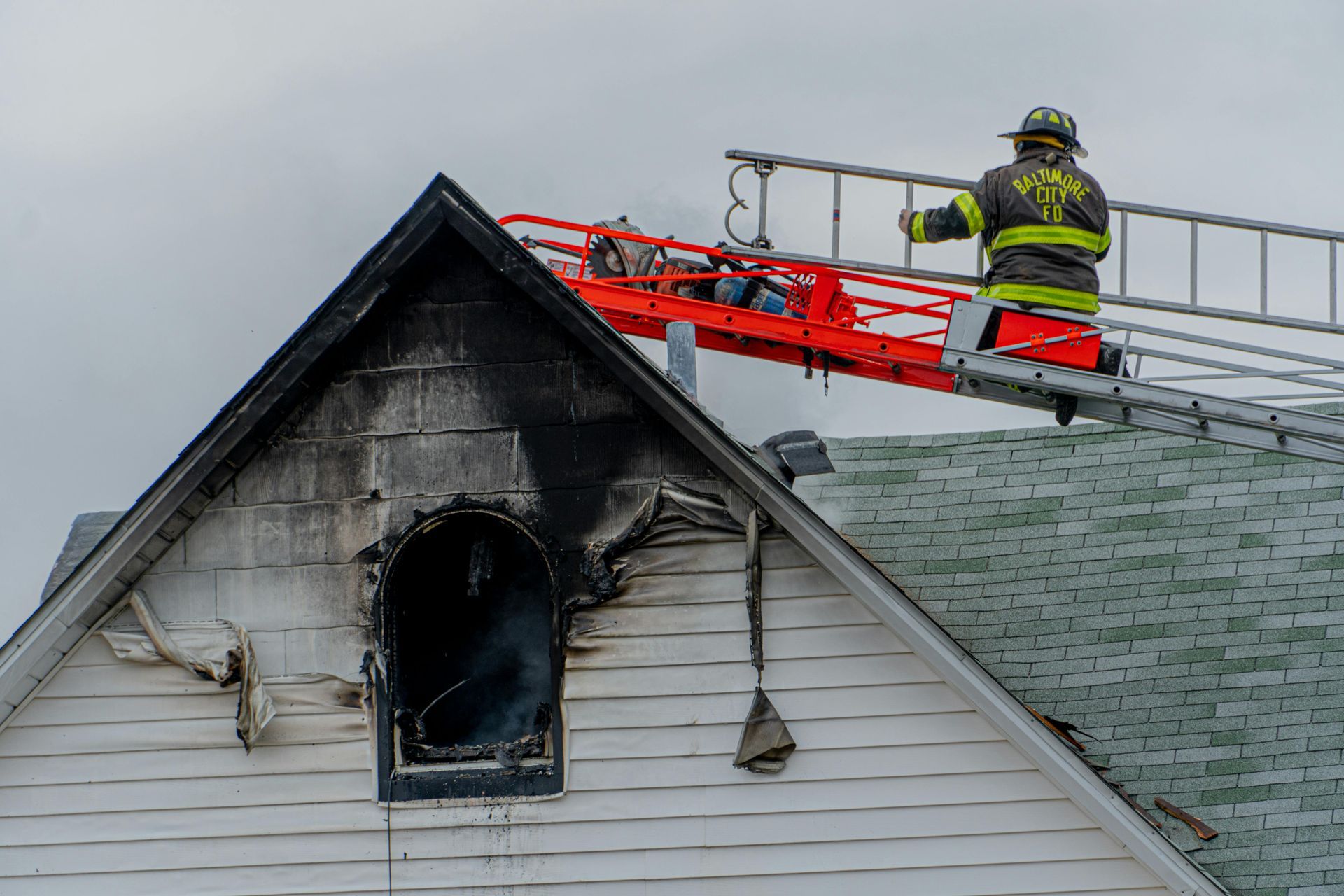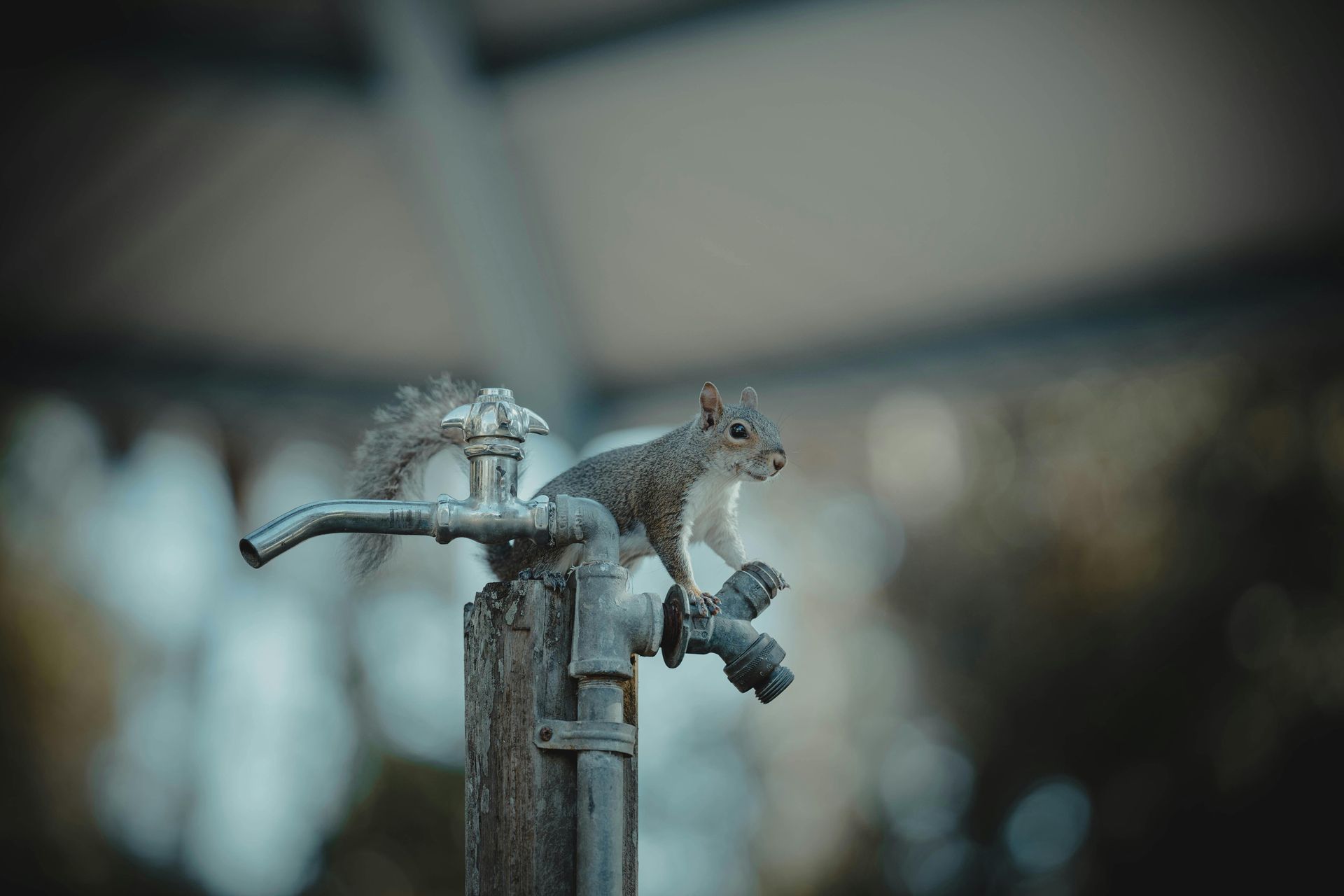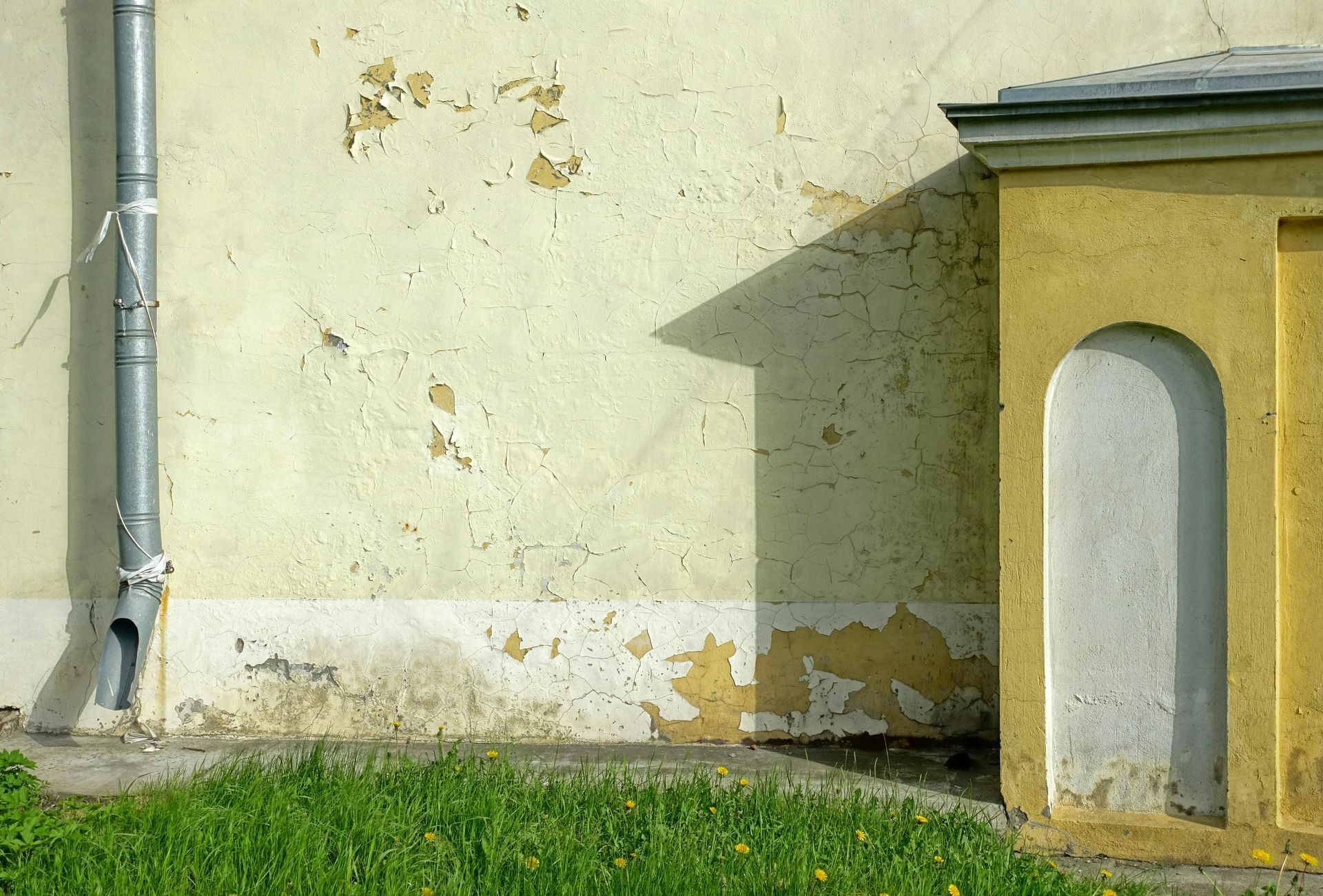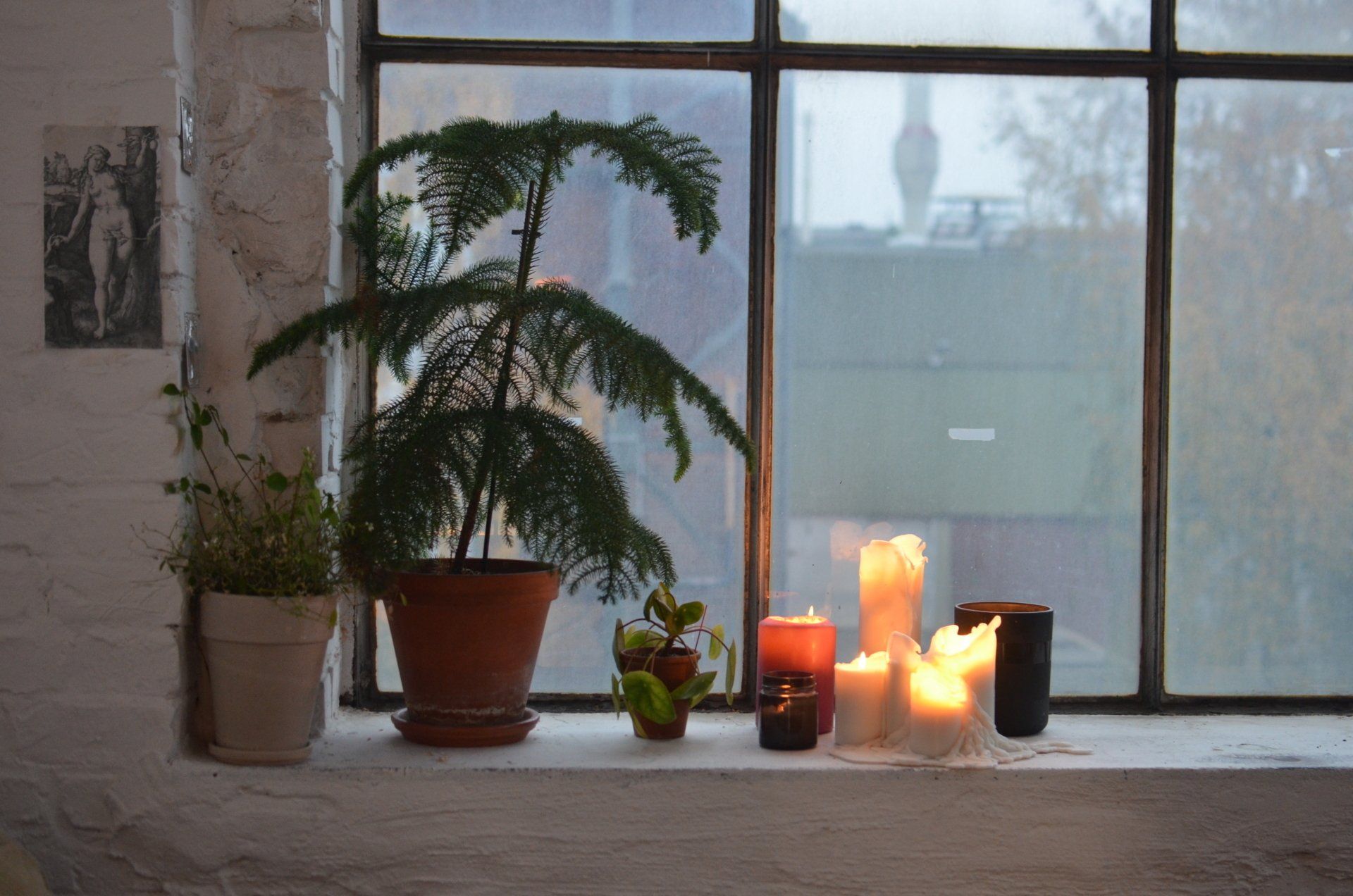Understanding Water Damage Restoration Cost: An Informative Guide
Water damage can stem from various sources, including plumbing failures, roof leaks, natural disasters like floods and hurricanes, or even appliance malfunctions. The aftermath of water intrusion not only disrupts daily life but also poses a serious threat to the structural integrity of properties and can significantly depreciate their value. Prompt and effective water damage restoration is crucial for mitigating these adverse effects, preserving property value, and ensuring a safe, healthy environment. In this guide, we'll explore the factors influencing water damage restoration costs, including the extent of damage, restoration processes, and tips for homeowners to manage these expenses effectively.
Common Causes of Water Damage
Water damage is often the result of various common occurrences that homeowners may face on any given day. Faulty appliances are a prime example, with washing machines, dishwashers, and water heaters frequently breaking down or leaking and causing significant damage. For instance, a dishwasher hose might burst unexpectedly, flooding the kitchen and seeping into adjacent rooms or lower levels of the home.
Broken pipes are another typical cause, especially during winter, when they can freeze and burst, releasing a torrent of water. This scenario can happen in any part of the house, from the walls to the ceiling, leading to extensive damage if not addressed promptly.
Roof leaks represent a more insidious form of water damage, as they can go unnoticed for extended periods. Damage from roof leaks might culminate during heavy rainfalls, with water slowly infiltrating the attic and, eventually, the living spaces below. This gradual deterioration can compromise the structural integrity of the roof and the ceiling.
Lastly, natural disasters such as floods and hurricanes are catastrophic causes of water damage. For example, a flood can submerge a home's lower level, ruining flooring, walls, and any belongings in its path. Similarly, the fierce winds and rain from a hurricane can breach homes, leading to widespread water exposure.
Impact of Water Damage
Water damage can have both immediate and long-lasting impacts on a property, affecting its structural integrity, aesthetic value, and the health of its occupants. In the short term, excessive moisture can lead to the saturation of building materials like wood and drywall, causing warping, swelling, or even breakdown. This not merely compromises the structure's stability but can also necessitate costly repairs. Additionally, water damage often leads to electrical hazards, as water and electricity create a dangerous combination that can result in short circuits or fires.
In the long run, the consequences of water damage can be significantly more severe. Prolonged exposure to moisture provides the perfect breeding ground for mold and mildew, which can spread throughout a property. These fungi not only damage surfaces and belongings but also pose serious health risks, especially to individuals with respiratory conditions or weakened immune systems. Mold can cause symptoms ranging from allergic reactions and asthma attacks to more serious health issues over time. Furthermore, water damage can lead to persistent odors and a decrease in property value. It underscores the importance of swift action in addressing any signs of water damage to mitigate these short and long-term effects, safeguarding both the property's value and the occupants' health.
What is Water Damage Restoration
Water damage restoration is the comprehensive process of restoring a property back to its pre-loss condition after sustaining water damage. This multi-step procedure is designed to address various aspects of water damage, including removal of the water, drying out the affected areas, cleaning and sanitizing the premises, and making necessary repairs or restorations. The purpose of water damage restoration is not only to repair and rebuild the affected structures and materials but also to prevent the onset of mold growth and to eliminate potential health hazards that water damage might introduce.
The process typically starts with a thorough assessment of the damaged area to determine the extent of the water damage and to develop an appropriate plan of action. Following this, water extraction techniques are employed to remove standing water and excess moisture from the property. Specialized drying and dehumidifying equipment is then utilized to dry out the affected areas thoroughly. After the property is dry, cleaning and sanitizing measures are undertaken to ensure the area is free of contaminants and mold. Finally, the restoration step involves repairing or replacing damaged materials, such as drywall, flooring, and paint, to bring the property back to its original, or sometimes even better, state.
When is Professional Water Damage Restoration Necessary?
Professional water damage restoration becomes indispensable under several circumstances, primarily due to the complexity and severity of the damage involved. Extensive water damage, which goes beyond surface-level issues and affects the structural integrity of a property, necessitates expert intervention. This type of damage is often characterized by soaked drywall, compromised flooring, and severely damaged furniture and electronics, which DIY efforts cannot adequately address.
The presence of mold is another critical situation calling for professional help. Mold thrives in damp, humid environments and can start developing within 24 to 48 hours after water exposure. It poses significant health risks, including respiratory issues, allergies, and other health problems. Professional restoration services have the necessary equipment and expertise to perform thorough mold remediation, ensuring the property is safe for its occupants.
Additionally, when water damage involves the electrical system, such as water-logged wires or electrical appliances, the risk of electrical shocks makes it unsafe for untrained individuals to handle the situation. Professionals are equipped to deal with such hazards safely and effectively.
Instances where the source of water damage is contaminated water, such as sewage backups or floodwaters, also require professional intervention. These situations involve biohazards that can lead to serious health issues if not handled with proper precautions and procedures for decontamination.
The Cost Factors in Water Damage Restoration
Understanding the cost factors in water damage restoration is crucial for budgeting and insurance purposes. We'll explore a comprehensive view of the financial aspects involved.
Size and Extent of Damage
The cost of water damage restoration heavily depends on the size of the affected area and the extent of the damage. Smaller, localized areas typically incur lower costs, starting from a few hundred dollars, while extensive damage involving whole rooms or buildings can skyrocket into tens of thousands. The depth of water penetration and the type of water involved (clean, gray, or black water) further complicate restoration efforts, influencing the overall cost due to varying degrees of labor, equipment, and materials required.
Type of Water Involved
The type of water involved in water damage significantly impacts restoration costs due to differing contamination levels and requisite safety measures. Clean water, stemming from sources like rain or leaky pipes, requires the least intensive cleanup, hence lower costs. Gray water from appliances or showers contains some contaminants, increasing both complexity and price. Blackwater, heavily contaminated from sewage or floods, necessitates extensive safety and cleaning protocols, markedly elevating restoration expenses due to the substantial health risks it poses.
Required Restoration Services
The range of services required for water damage restoration varies significantly, each contributing to the total cost. Initial steps often involve water extraction and removal, followed by drying and dehumidifying the area to mitigate further damage. Mold remediation is critical if growth is detected to prevent health risks. Cleaning and sanitizing provide a safe environment, while final repairs to structures and surfaces restore the property. Each service, from extraction to repair, adds to the cost based on the complexity and time needed.
Location and Local Market Rates
The geographic location of a property and local market rates significantly affect water damage restoration costs. Prices for restoration services can vary widely from one region to another, influenced by the cost of living, availability of restoration companies, and the competition within the local market. Urban areas, where the cost of living and operational expenses for businesses are higher, typically see higher restoration costs compared to rural locations, where expenses and rates might be lower.
Insurance and Water Damage Restoration
Navigating the complexities of homeowners' insurance in the context of water damage restoration is crucial for ensuring you're adequately covered. Homeowners' insurance typically covers water damage when it's sudden and accidental, such as from pipe bursts or appliance leaks. However, it doesn't usually cover damage due to neglect or maintenance failures, nor does it cover flood damage, which requires a separate policy. Understanding the specifics of your policy, including coverage limits and deductibles, is vital to setting realistic expectations for what expenses will be out-of-pocket versus reimbursed.
When filing a claim for water damage restoration, prompt documentation of the damage and quick communication with your insurance company are key steps. Photographs of the damaged areas, detailed lists of damaged items, and receipts for any immediate repairs should be compiled as part of a comprehensive claim file. Cooperation with the insurance adjuster's investigation and adhering closely to your policy's reporting deadlines will facilitate a smoother claim process.
Practical tips for a smoother insurance claim process include maintaining a detailed inventory of home contents before any incidents, understanding the claims process of your insurance policy, and considering the services of a public adjuster if the claim is significant. Such proactive measures can alleviate some of the stress associated with navigating water damage restoration efforts financially.
Choosing a Water Damage Restoration Company
When selecting a water damage restoration company, identifying those with reputable accreditations and certifications is paramount. Companies that hold credentials from the Institute of Inspection, Cleaning and Restoration Certification (IICRC) or similar regulatory bodies demonstrate adherence to industry standards and a commitment to ongoing education and professionalism. It's crucial for homeowners to seek out service providers who not only have the right qualifications but also a solid track record of successful restoration projects.
Equally important is the process of obtaining detailed, written estimates from the companies under consideration. These estimates should comprehensively outline the scope of work, the time frame for completion, the materials to be used, and a breakdown of the costs involved. Homeowners should ensure that the estimates also detail the steps the company will take to prevent further damage and mold growth, which are common concerns post-water damage. Being meticulous in comparing these quotes is essential—not just in terms of pricing but also in understanding the value and quality of the services being offered. Factors such as the use of advanced restoration technologies, the promise of minimal disruption, and guarantees on work should weigh heavily in the decision-making process. This careful comparison helps ensure that homeowners choose a restoration service that offers the best blend of expertise, effectiveness, and value, ultimately leading to a more resilient restoration outcome.
Securing Your Property's Future: Wrapping Up
For those grappling with the stress and uncertainty of water damage, First Call Restoration stands as a beacon of relief and competence. With a team of certified professionals equipped with the latest technology, we specialize in swift and thorough water damage restoration, ensuring your property's prompt return to its pre-damage condition. Our comprehensive services extend from initial assessment to complete restoration, including mold remediation and structural repairs, all tailored to your unique situation. Don't let water damage overwhelm you. Contact First Call Restoration today and take the first step towards restoring your peace of mind and securing your property's future.
